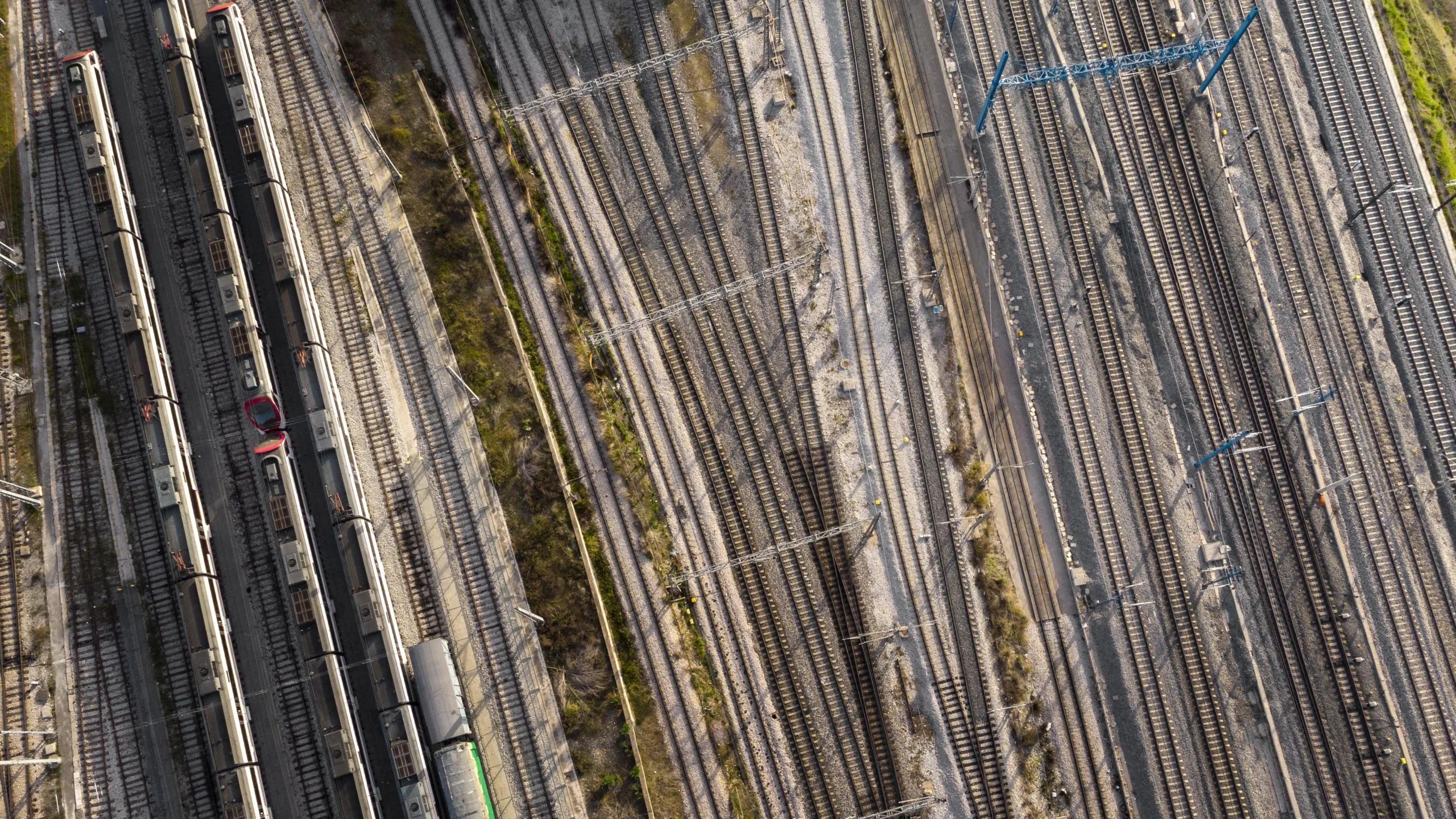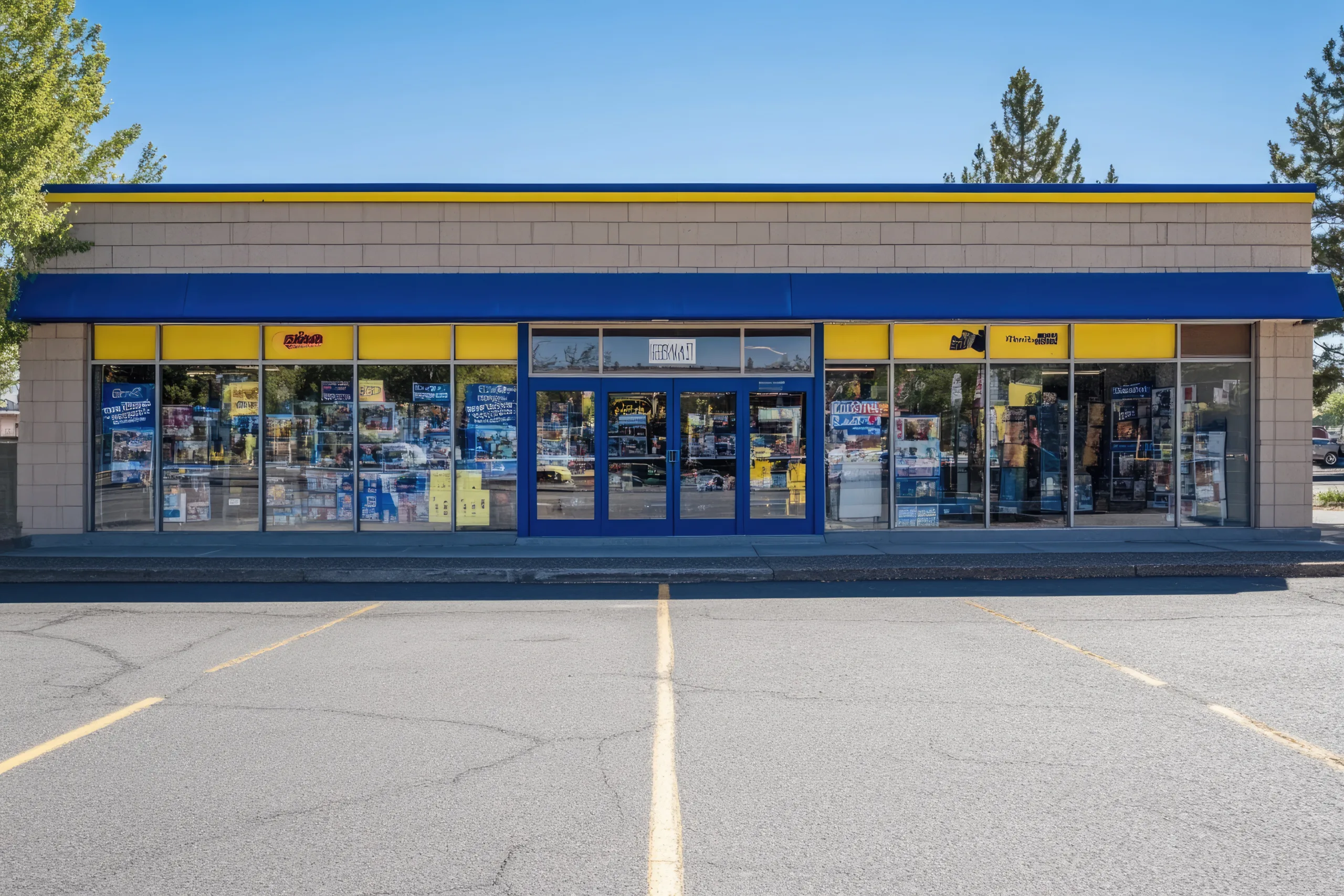- Union Pacific’s proposed $85B acquisition of Norfolk Southern would create a coast-to-coast rail network spanning over 50K miles across 43 states.
- The merger could sharply increase demand for industrial properties with rail access and industrial outdoor storage, particularly in inland distribution markets.
- Real estate professionals expect rent growth and new development opportunities near emerging logistics hubs, but the deal faces rigorous regulatory scrutiny.
A Historic Shift On track
Union Pacific’s $85B bid to acquire Norfolk Southern could create the first coast-to-coast US rail system under a single operator, reports GlobeSt. The last time the nation saw such a unified rail network was in 1869, with the completion of the Transcontinental Railroad. The combined rail network would cover more than 50K miles, potentially streamlining freight movement from the East Coast to the West.
High Stakes, High Margins
Railroads remain one of the most profitable sectors in the US According to NYU’s Aswath Damodaran, their after-tax operating margins average 31.75%. That profitability underscores what’s at stake—for both investors and regulators—as the merger could dramatically alter national freight dynamics.
Get Smarter about what matters in CRE
Stay ahead of trends in commercial real estate with CRE Daily – the free newsletter delivering everything you need to start your day in just 5-minutes
Real Estate Impact
The merger could boost demand for industrial assets with direct rail access or container-handling capacity, including Industrial Outdoor Storage (IOS) properties. These asset types are already in short supply, and further scarcity could drive sharp rent increases in key markets, said Nick Watson of Matthews Real Estate Investment Services.
Decentralized Distribution Ahead
If regulators approve the deal and the two networks are successfully integrated, logistics strategies may shift toward inland markets. That could reduce pressure on congested coastal hubs and create new opportunities in cities along rail corridors. “We’re going to have an industrial boom in the next few years,” said Liz Hart of Newmark.
Risks And Roadblocks
While the merger promises improved intermodal connectivity and cost savings, it also carries potential risks. Past consolidations have led to shipping delays and systemic inefficiencies. Experts caution that operational integration will be critical, and any gains hinge on the deal surviving antitrust scrutiny.
What’s Next
The merger remains under regulatory review, with federal authorities likely to assess its impact on competition and service reliability. If approved, it could mark a turning point in US freight logistics—one with lasting implications for industrial real estate markets nationwide.

















